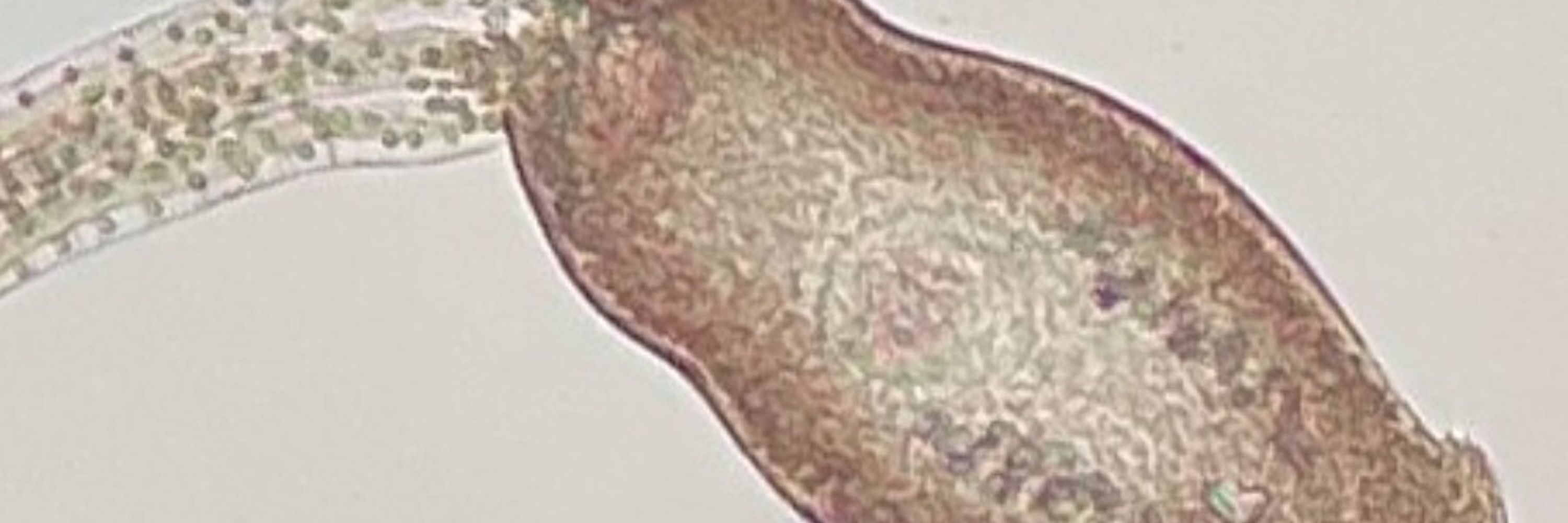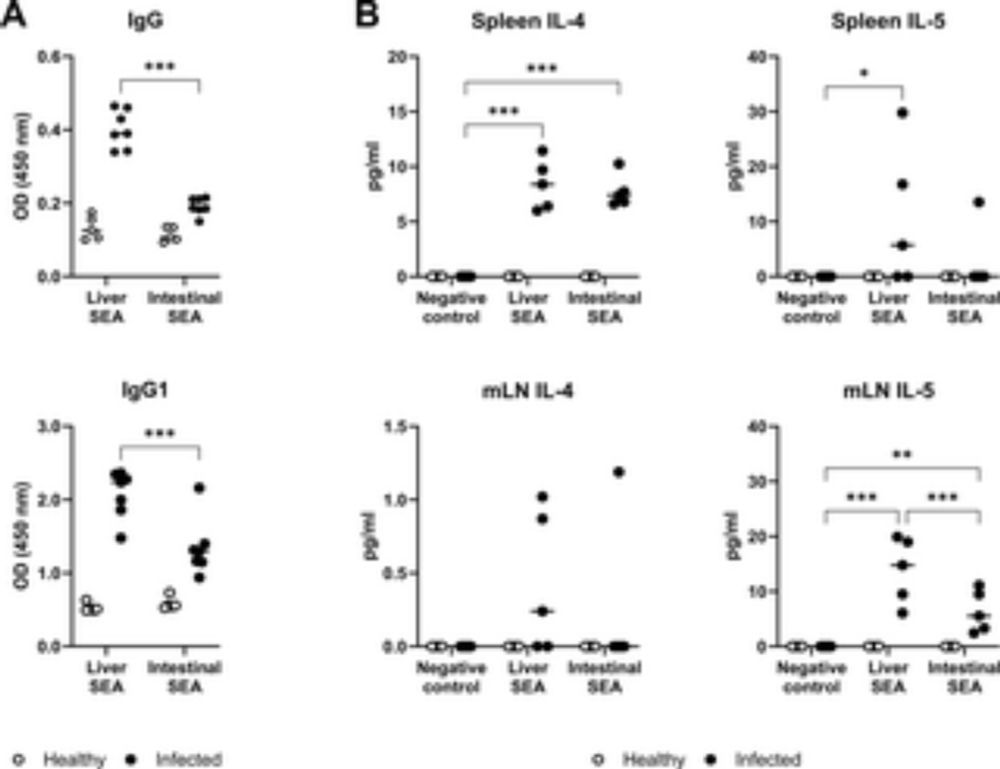
UW-Eau Claire Biology. Interested in NTDs, helminths, and Chelsea Football Club. Once submitted to Nature.



The GUI runs in a browser and is easily installed through Docker Desktop. We've made it easy to download example data from our Zenodo repo, which allows users to see the pipelines in action.
The GUI runs in a browser and is easily installed through Docker Desktop. We've made it easy to download example data from our Zenodo repo, which allows users to see the pipelines in action.





